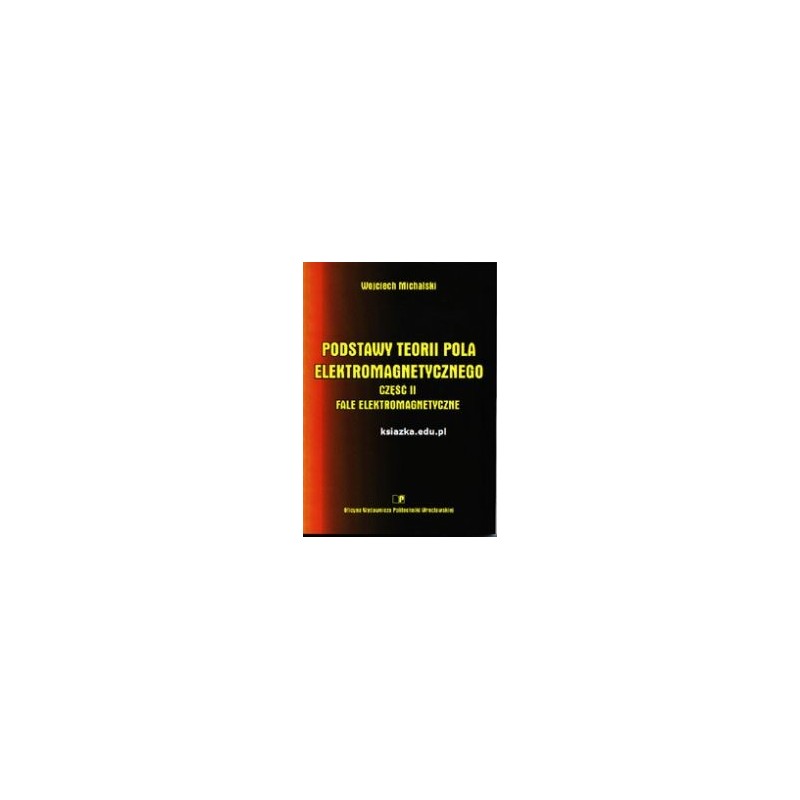- Out-of-Stock



Michalski Wojciech
No product available!
No product available!
No product available!
No product available!
No product available!
No product available!
No product available!
No product available!
No product available!
No product available!
No product available!
No product available!
Edition about ARM microcontrollers
No product available!
No product available!
AVT self-assembly kit PAmp_LM4766, 2 x 20W audio power amplifier 8om. AVT1833 B
No product available!
No product available!

Michalski Wojciech
